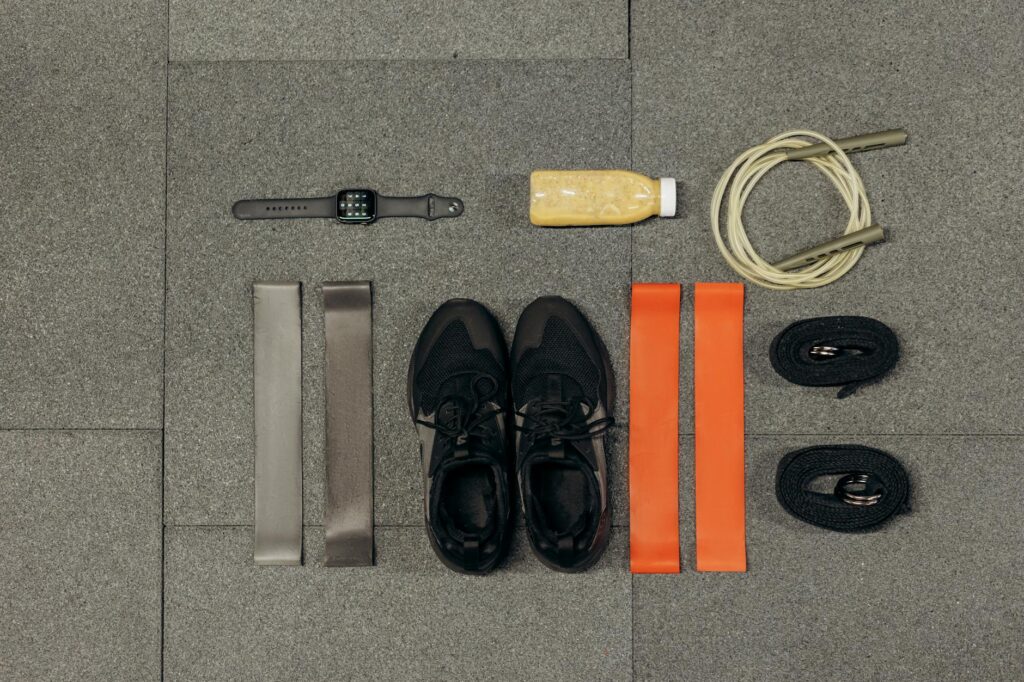What is lifestyle design?

What is lifestyle design?
In today’s fast-paced world, many of us find ourselves yearning for a more intentional and fulfilling life. This desire has led to the rise of lifestyle design—a concept that empowers individuals to shape their lives based on their values, goals, and aspirations. As we navigate this modern landscape, embracing lifestyle design can help us prioritize our happiness and well-being. So, what exactly is lifestyle design, and how can it transform your life?
Understanding Lifestyle Design
Lifestyle design can be defined as the intentional process of creating a life that aligns with your personal values and desires. Unlike traditional approaches to life that often prioritize conformity, lifestyle design encourages you to take the reins of your existence. It invites you to evaluate how you spend your time, where you live, and what you pursue. The goal is to ensure every aspect of your life resonates with who you are and what you want.
The Philosophy Behind Lifestyle Design
Embracing lifestyle design requires a shift in mindset. It’s about recognizing that you have the power to craft your life rather than passively accepting what comes your way. Intentionality becomes key—by making conscious choices, you can prioritize happiness and fulfillment over societal expectations. You begin to ask yourself profound questions: What brings me joy? What do I value most? How can I align my daily actions with my ultimate goals?
Key Components of Lifestyle Design
To effectively design your lifestyle, it’s crucial to understand its core components. These elements serve as the building blocks for creating a fulfilling life.
Identifying Personal Values and Goals
The first step in lifestyle design is to identify your personal values and goals. What truly matters to you? Whether it’s family, career, health, or adventure, clarifying your values provides a strong foundation for your design process. Setting specific goals makes it easier to envision the life you want to lead. For example, if you value experiences over material possessions, your goals might focus on travel and personal growth rather than accumulating wealth.
Creating a Flexible Framework
Life is unpredictable, and that’s where flexibility comes into play. A successful lifestyle design incorporates adaptable frameworks that allow for change. This flexibility enables you to adjust your plans as your circumstances evolve. By establishing a loose structure, you can pursue your goals while remaining open to new opportunities and experiences. This mindset not only reduces stress but also enhances your ability to thrive in the face of uncertainty.
Strategies for Implementing Lifestyle Design
Now that we’ve explored the foundational elements of lifestyle design, let’s look at practical strategies for taking action.
Time Management Techniques
Effective time management is essential for lifestyle design. Techniques like time blocking can help you allocate specific periods for focused work, relaxation, and personal pursuits. Prioritization is another vital skill—by determining what tasks align most closely with your values, you can make informed decisions about how to spend your time. This deliberate approach allows you to create a daily routine that reflects your desires and aspirations.
Building a Supportive Environment
Creating a supportive environment is crucial for sustaining your lifestyle design efforts. This includes not only your physical space but also your social circles. Surround yourself with people who inspire and uplift you. Curate a workspace that fosters productivity and creativity. By establishing an environment that aligns with your goals, you enhance your chances of success and fulfillment.
The Benefits of Lifestyle Design
Adopting a lifestyle design approach comes with numerous benefits that can significantly enhance your overall quality of life.
Achieving Work-Life Balance
One of the most significant advantages of lifestyle design is the potential for improved work-life balance. By intentionally crafting your schedule and commitments around your values, you can create a rhythm that allows for both productivity and leisure. This balance is vital for your personal development, as it enables you to recharge and pursue your passions outside of work.
Enhancing Overall Wellbeing
Lifestyle design contributes to your mental and emotional wellbeing. When you live in alignment with your values, you experience greater satisfaction and fulfillment. You’re less likely to feel overwhelmed by external pressures and more likely to engage in activities that nourish your spirit. By prioritizing your wellbeing, you set the stage for a more vibrant and joyful life.

Photo by Mikhail Nilov
Conclusion
In summary, lifestyle design empowers you to take control of your life and create a path that aligns with your true self. By identifying your values, setting meaningful goals, and implementing practical strategies, you can craft a life that brings you joy and fulfillment. Remember, the journey of lifestyle design is ongoing—embrace it as an opportunity for growth and discovery. Start today, take actionable steps, and design a lifestyle that truly reflects who you are. For more insights, you can explore resources on lifestyle design and its numerous benefits.